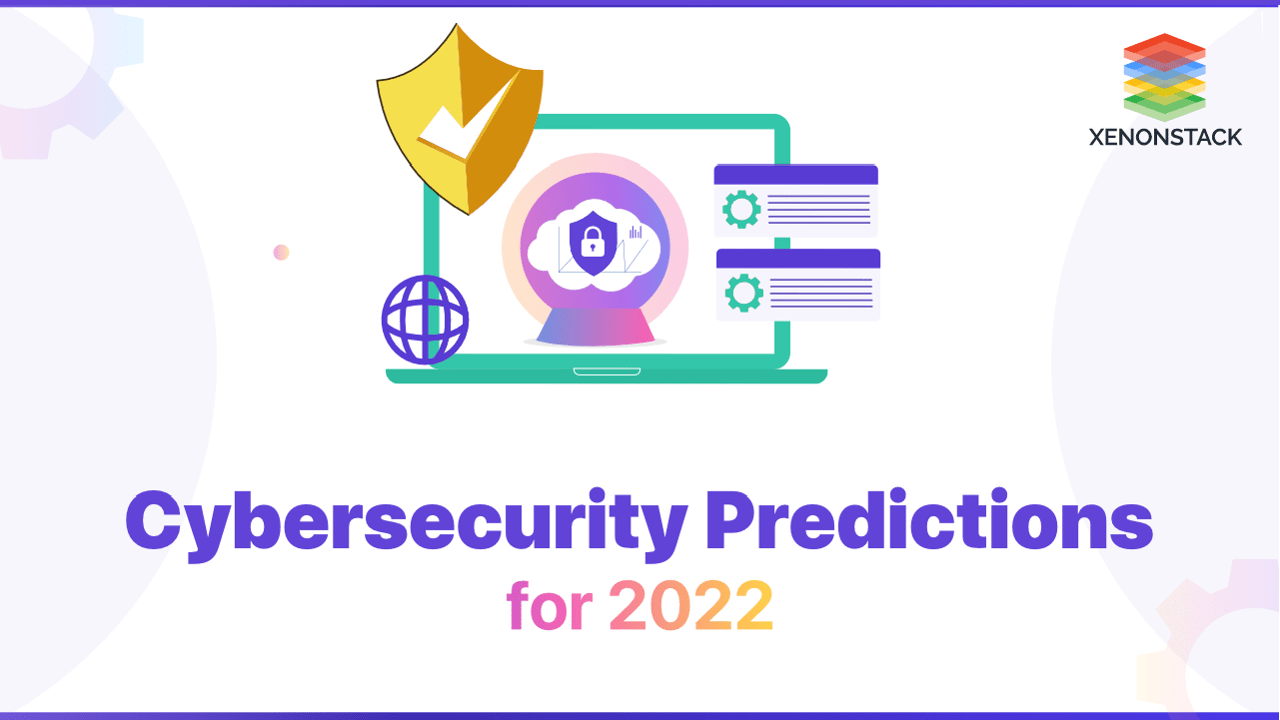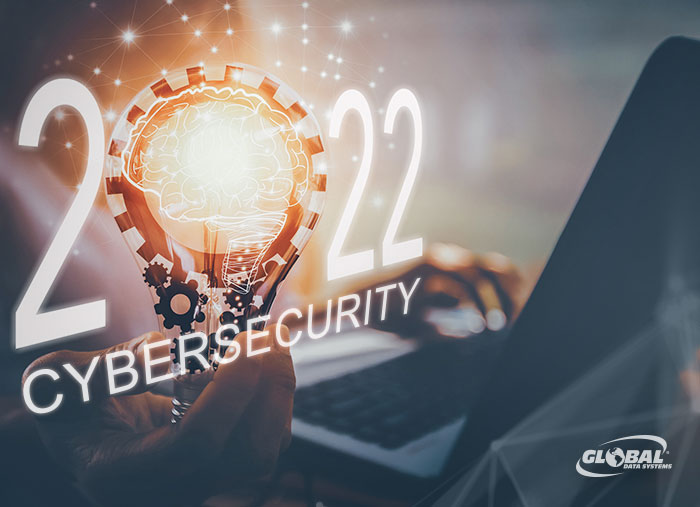Understand Deepfake Social Engineering Attacks and their potential risks.
Wiki Article
Leading Cybersecurity Forecasts for 2024: Stay Ahead of Arising Risks
As we approach 2024, the cybersecurity landscape is poised for substantial improvement, driven by arising risks that companies have to not only prepare for however also tactically address. The increase of AI-driven cyberattacks, combined with significantly advanced ransomware methods, highlights the urgent requirement for advanced defenses. In addition, the growing number of IoT tools presents new susceptabilities that could be exploited. With regulatory changes imminent and an essential emphasis on cybersecurity training, it is critical for organizations to reassess their techniques to continue to be resilient. Exactly how ready are you to browse these evolving challenges?Rise of AI-Driven Attacks
As organizations increasingly take on expert system technologies, the possibility for AI-driven assaults is coming to be a paramount issue in cybersecurity. Cybercriminals are leveraging AI to improve the elegance and efficiency of their strikes, developing a landscape where traditional protection measures might fail. These strikes can make use of artificial intelligence algorithms to identify vulnerabilities in systems and networks, leading to extra targeted and harmful breaches.AI can automate the reconnaissance phase of a strike, making it possible for foes to gather huge amounts of data promptly (cybersecurity and privacy advisory). This ability not only reduces the moment required to release an assault but additionally increases its precision, making it harder for defenders to anticipate and minimize dangers. In addition, AI can be utilized to develop convincing phishing schemes, generate deepfake content, or adjust information, additionally complicating the cybersecurity landscape
Organizations have to focus on the integration of AI-driven cybersecurity remedies to counter these arising hazards. By utilizing advanced hazard detection systems, companies can enhance their ability to recognize and reduce the effects of AI-generated attacks in genuine time. Continuous financial investment in training and recognition programs is likewise essential, as it furnishes employees to acknowledge and react to possible AI-driven risks properly.
Enhanced Ransomware Refinement
The increase of AI-driven strikes is not the only trend reshaping the cybersecurity landscape; ransomware assaults have also advanced, coming to be increasingly innovative and targeted. As cybercriminals improve their approaches, organizations face increased threats that call for flexible approaches to minimize prospective damages.
Modern ransomware hazards currently take advantage of progressed methods, such as dual extortion, where attackers not just secure information however likewise intimidate to leak delicate details if their needs are not satisfied. This adds an additional layer of stress on sufferers, usually engaging them to pay ransom money to secure their reputations and customer trust fund.
In addition, using automated tools and artificial intelligence formulas by criminals has streamlined the attack procedure, allowing them to recognize susceptabilities a lot more effectively and customize their methods versus details targets. Such advancements have caused a startling surge of assaults on important facilities, medical care systems, and supply chains, stressing the need for durable cybersecurity frameworks that prioritize real-time hazard detection and response.
To respond to these progressing threats, companies should buy detailed training, advanced security technologies, and case reaction intends that incorporate lessons gained from past ransomware incidents, guaranteeing they continue to be one action in advance of significantly complicated strikes.
Growth of IoT Vulnerabilities
With the quick development of the Internet of Things (IoT), vulnerabilities connected with these interconnected devices have actually become a vital problem for companies and individuals alike. The spreading of smart tools, from home appliances to commercial sensing units, has created a large attack surface area for cybercriminals. Several IoT devices are deployed with marginal safety and security methods, typically making use of default passwords or outdated firmware, making them vulnerable to exploitation.As gadgets come to be interconnected, the potential for massive assaults boosts. Jeopardized IoT tools can offer as entrance points for opponents to infiltrate more secure networks or launch Distributed Denial of Solution (DDoS) strikes. The absence of standardization in IoT security measures further exacerbates these vulnerabilities, as varying cyber resilience producers carry out differing levels of safety and security
Furthermore, the increasing sophistication of malware targeting IoT devices presents substantial risks. Hazard stars are consistently creating new approaches to make use of these weaknesses, resulting in prospective data breaches and unapproved accessibility to sensitive information. As we relocate into 2024, organizations must prioritize IoT protection, carrying out robust measures to guard their networks and alleviate the dangers related to this quickly growing landscape.
Regulatory Adjustments Influencing Safety

In 2024, we expect to see a lot more stringent compliance needs for companies, specifically those that produce or deploy IoT gadgets. The intro of regulations such as the European Union's Cyber Durability Act and updates to existing structures like the NIST Cybersecurity Framework will stress protection deliberately. Organizations will certainly be mandated to apply robust security procedures from the preliminary phases of product development, guaranteeing a proactive stance versus prospective susceptabilities.
In addition, regulative bodies are most likely to enforce significant charges for non-compliance, engaging services to focus on cybersecurity investments. This shift will not only improve the general protection posture of organizations however will certainly likewise promote a society of liability in safeguarding individual data. As guidelines tighten up, the onus will progressively drop on business to show compliance and secure versus the ever-evolving dangers in the digital landscape.
Focus on Cybersecurity Training
Organizations' dedication to cybersecurity training is coming to be progressively critical as threats develop and assault vectors multiply. With cybercriminals constantly developing sophisticated techniques, it is paramount for employees in any way degrees to comprehend the risks and recognize their duty in minimizing them. Comprehensive training programs gear up personnel with the understanding and skills required to determine possible hazards, such as phishing assaults, social engineering tactics, and malware.Moreover, a society of cybersecurity understanding fosters vigilance amongst workers, decreasing the likelihood of human mistake, which stays a considerable vulnerability in several organizations. On a regular basis updated training components that show the most recent threats will certainly guarantee that staff stay informed and capable of reacting effectively.


In 2024, organizations will likely focus on ongoing education and learning and simulation exercises, enabling employees to exercise their reaction to real-world scenarios. Collaboration with cybersecurity experts for tailored training solutions may also end up being much more prevalent. Ultimately, investing in employee training not only reinforces a company's protection pose however likewise cultivates a positive strategy to cybersecurity, enhancing the idea that protection is a common obligation across the venture.
Verdict
In verdict, the cybersecurity landscape in 2024 will be formed by the rise of AI-driven attacks, significantly sophisticated ransomware techniques, and the expansion of susceptabilities connected with IoT tools. A solid focus on thorough cybersecurity training will be crucial in cultivating a business culture resistant to arising risks.Report this wiki page